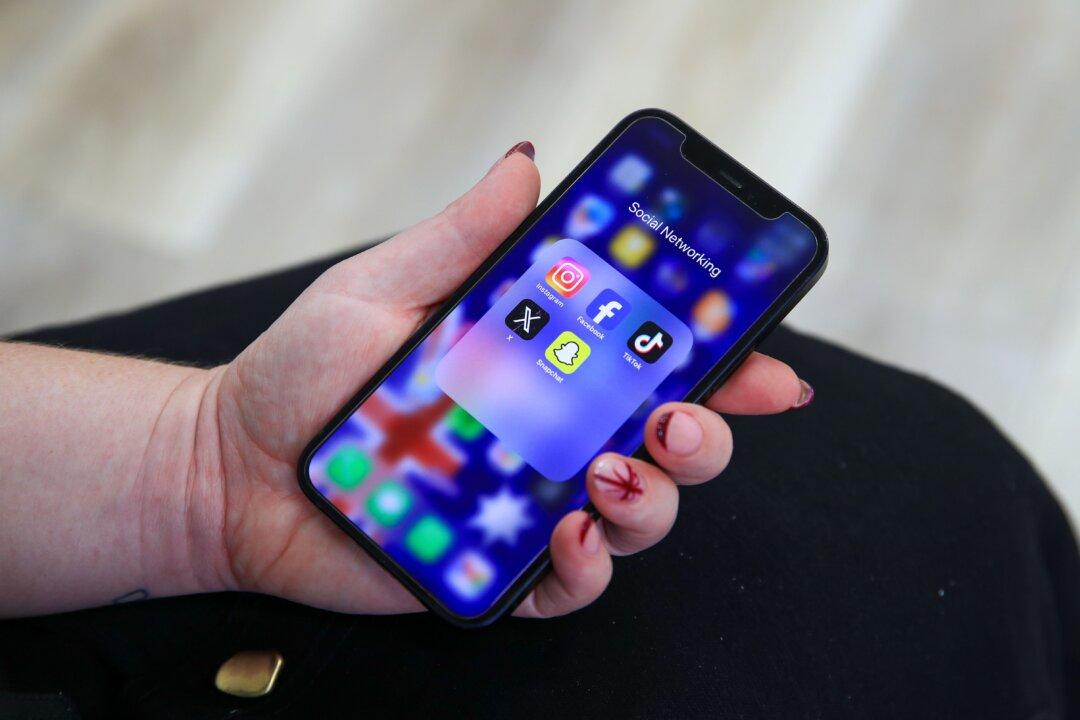As social media is increasingly linked to youth mental health concerns, Canada should consider focusing on how children use these platforms rather than regulating online content, a new report suggests. It argues that content-based regulation could raise concerns about privacy and freedom of expression.
The report, titled “Wired for worry: How smartphones and social media are harming Canadian youth,” examines the link between declining youth mental health and the widespread use of smartphones and social media, as well as the measures adopted by some governments to reduce social media’s impact on youth.
It notes that efforts to regulate social media content to curb its effects on youth, such as those proposed in Canada’s Online Harms Act, could be misused, if implemented, to silence critics or dissenting voices.
“Given the risks to free speech and privacy posed by many attempts at social media regulation, Canada should aim for an even-handed policy response that protects the mental health of young people without significantly threatening privacy, creating new bureaucracies, or demanding complex changes to social media platforms,” reads the report.
The report’s author, Jonah Davids, a Toronto-based researcher and writer, says that “beyond clearly depraved content like child pornography and snuff films, or material explicitly promoting self-harm or suicide, there is little consensus about what constitutes ‘harmful’ content.”
“Liberals might view an Instagram video cautioning adolescents against gender transitioning as harmful, while conservatives might see a video encouraging gender transitioning as harmful,” Davids wrote, adding that it would be “deeply problematic” for governments to restrict content in a “neutral, consistent, and fair” manner.
The Impact of Social Media on Youth
The report’s author says social media is a major contributing factor, if not the main cause, of declining mental health among young Canadians.Depression rates among Canadians aged 15 to 24 doubled to 14 percent over the decade leading up to 2022, while anxiety rates quadrupled in the same age group, says the report, with the increases coinciding with the widespread adoption of smartphones and social media in the early 2010s.
“Time spent on social media now often replaces in-person interaction, exposes users to damaging content, and leads some to interpret normal distress as mental health symptoms,” reads the report.
“Studies suggest that one to two hours of daily social media use is associated with good mental health, but mental health worsens as use increases beyond that.”
“The introduction of smartphones and social media have created a developmental environment where youth spend less time in person with friends and family and more time online,” says the report. “As social media saps time away from building these critical relationships, youth grow more anxious and depressed.”
In addition to limited in-person contact, social media may expose youth to various risks, the report says, including cyberbullying, mockery and harassment through private messages, or public humiliation through posts shared by others.
As well, exposure to social media content can not only trigger the desire in youth to compare themselves to others, thus leading to body image, self-esteem, or self-harm issues; but also lead to the conscious or unconscious adoption of symptoms of mental or neurological disorders.
The author notes that the rise in mental health diagnoses since 2010 may also reflect a longer-term trend of “diagnostic inflation,” where mild symptoms of distress are increasingly labeled as mental health conditions or other disorders.
Policy Proposals
The author argues that regulating the content youth encounter on the Internet is less likely to tackle the harms of social media than limiting the time they spend on these platforms.“Given that the exorbitant amount of time youth spend on social media is a major contributor to its adverse impact on their mental health, bills that restrict young people from using social media until they are a reasonable age are likely to be better at getting to the root of the problem than bills that protect them from specific types of content,” writes the author.
He also recommends strengthening school policies that restrict cellphone and social media use. Eight provinces currently have some form of restriction, says the report, ranging from requiring phones to be kept out of sight to fully banning them in classrooms.
Re-orienting children around “free play” and in-person interactions instead of screens is another proposal outlined in the report. Schools could contribute to the initiative by reducing reliance on screens in education, and promoting outdoor time and socialization when possible, it says.
Families could play a role in this regard by “setting clear limits on screen time, ensuring their children have ample opportunities for independent outdoor play and face-to-face socialization, and modeling healthy screen use themselves,” Davids wrote.







